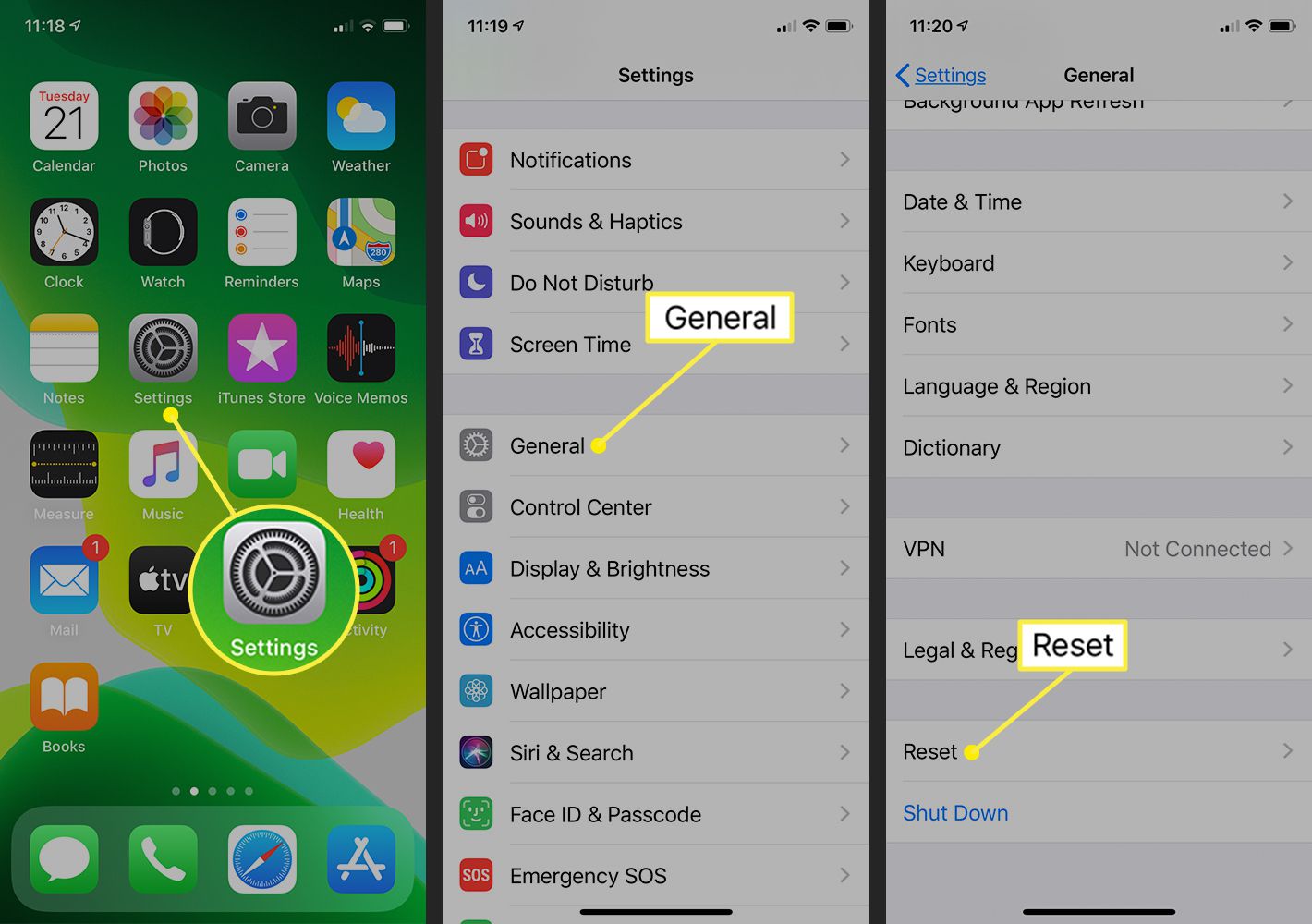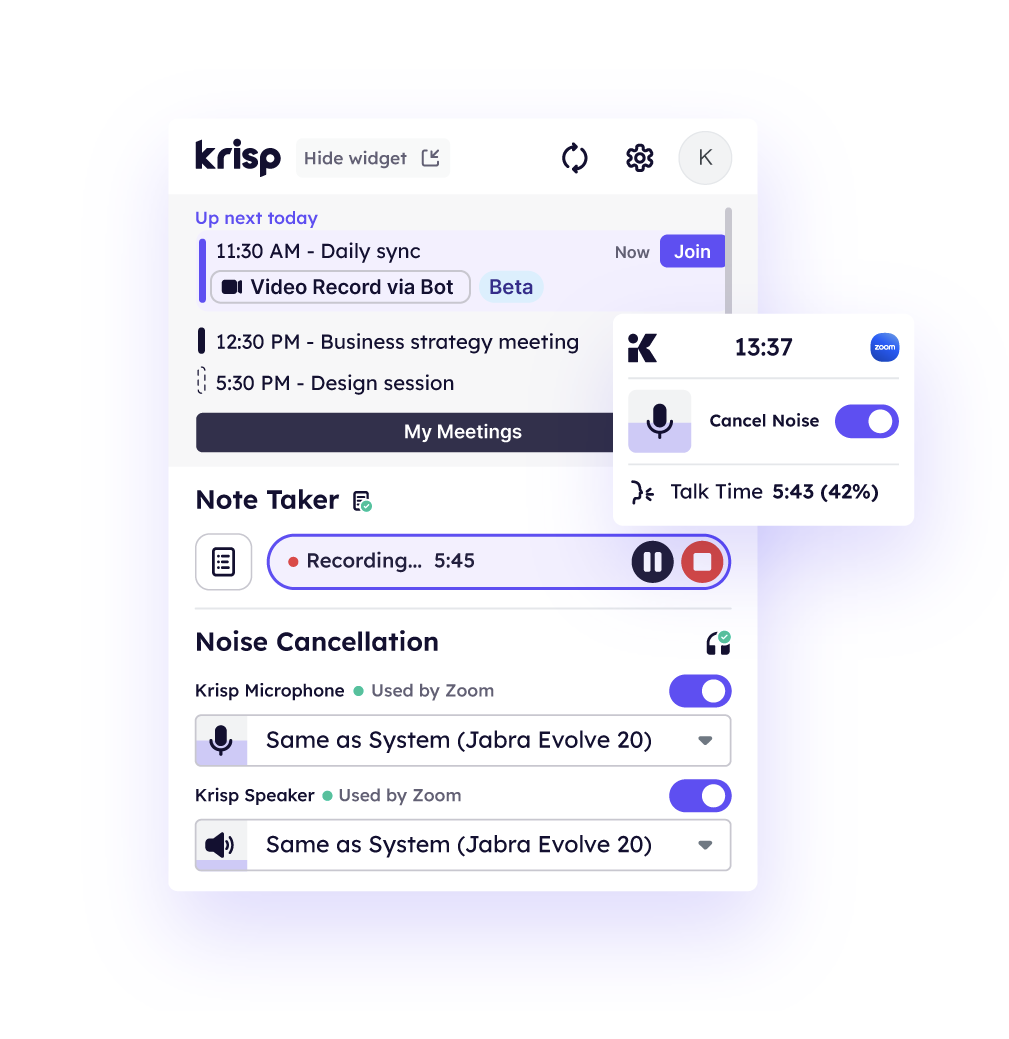If you’ve ever found yourself with only one functioning AirPod, you’re not alone. It’s a common issue that can be frustrating, especially when you’re in the middle of listening to your favorite music or taking an important call. There are several reasons why this might happen, ranging from simple connectivity issues to more complex hardware problems.
Understanding the cause is the first step toward getting both AirPods working again. In this guide, we’ll walk you through the most common reasons for this issue and provide easy troubleshooting steps to help you fix it quickly.
Why Only One AirPod Might Be Working?
If you’re only hearing audio through one of your AirPods, don’t worry—this is a common issue with several potential fixes. It could be due to charging problems, Bluetooth connectivity issues, software glitches, or even dirt buildup. Below are some simple solutions to help you troubleshoot and resolve the problem.
1. Battery Problems
One of the most common reasons why only one AirPod might be working is due to battery issues. If one AirPod has a low or depleted battery, it may not function properly.
- Place both AirPods in the charging case and ensure they are charging.
- Wait for a few minutes and then check the battery levels on your connected device.
- Make sure your charging case itself is fully charged.
2. Connectivity Issues
Connectivity problems between your AirPods and your device can also cause one AirPod to stop working. This can happen if the connection is interrupted or if there’s a glitch in the Bluetooth connection.
- Turn off Bluetooth on your device and then turn it back on.
- Forget the AirPods from your device’s Bluetooth settings and then reconnect them.
- Restart your device to refresh the connection.
3. Dirt and Debris
Over time, dirt and debris can accumulate on your AirPods, particularly in the speaker mesh. This can block sound from coming through, making it seem like one AirPod is not working.
- Gently clean your AirPods with a dry, soft-bristled brush.
- Avoid using any liquids or sharp objects that could damage the AirPods.
- Regularly clean your AirPods to prevent buildup.
4. Software Glitches
Sometimes, a software glitch can cause one AirPod to malfunction. This can be due to outdated firmware or a temporary bug in the system.
- Check for any firmware updates for your AirPods and install them.
- Reset your AirPods by placing them in the case, closing the lid, waiting 30 seconds, and then reconnecting them.
- If the problem persists, try unpairing and then repairing your AirPods with your device.
5. Physical Damage
Physical damage, such as drops or exposure to water, can lead to one AirPod not working. This might be more serious and may require professional assistance.
- Inspect your AirPods for any visible signs of damage.
- If you suspect physical damage, contact Apple Support for further assistance.
- Consider using protective cases to prevent future damage.
When Basic Fixes Don’t Work
If the basic fixes haven’t resolved the issue of only one AirPod working, it’s time to try more advanced troubleshooting steps. These steps address deeper, more complex problems that might be affecting your AirPods’ performance. Integrating Krisp software into your troubleshooting process can enhance your experience, particularly in managing audio quality and eliminating background noise during use.
1. Resetting Network Settings on Your Device
Persistent connection issues might be due to conflicts in your device’s network settings. Resetting network settings can clear any underlying problems that might be affecting your AirPods.

- Navigate to Settings > General > Reset > Reset Network Settings on your iPhone or iPad.
- This resets all network-related settings, so you’ll need to reconnect to your Wi-Fi and Bluetooth devices afterward.
- Krisp helps ensure a stable and clear reconnection process by minimizing potential interference from background noise during setup.
2. Checking for Interference from Other Devices
In environments with many wireless devices, signal interference can cause connectivity issues with your AirPods.
- Turn off or move away from other Bluetooth devices to see if your AirPods’ performance improves.
- Try using your AirPods in a different location to reduce potential signal interference.
- Krisp’s AI Noise Cancellation feature can help you determine if interference is the issue by providing clearer audio during calls or playback, making it easier to identify ongoing problems.
3. Using Krisp to Test and Optimize Audio Performance
Use Krisp to Have Professional Online Meetings Without Noise
While AirPods are equipped with Active Noise Cancellation (ANC), they may not fully eliminate distracting background voices during calls. Krisp’s AI-powered noise cancellation goes beyond traditional ANC, focusing on eliminating background voices and noises during communication.
- Install Krisp on your device and use it during calls or audio playback to detect any inconsistencies or issues with your AirPods.
Canceling Noise with Krisp
Using advanced noise cancelling software, Krisp elevates the standard of virtual communication by intelligently distinguishing and eliminating unwanted sounds. This facilitates a distraction-free dialogue that benefits every participant in the call.
For an in-depth understanding, consider looking into a noise cancellation quality evaluation, which provides insights into how Krisp’s capabilities stack up against traditional methods.
Krisp takes the concept of noise cancellation to a new level, going beyond the capabilities of AirPods Pro noise canceling technology to ensure crystal-clear communication during calls. While noise cancellation on AirPods focuses on reducing ambient noise for the wearer, Krisp enhances the audio quality for all parties involved in a call.
It actively analyzes and filters out background noise from both ends of a conversation, ensuring that only clean, clear audio is transmitted and received.
By following these advanced troubleshooting steps, you can address more persistent issues with your AirPods. Krisp software not only enhances the troubleshooting process but also ensures crystal-clear communication by eliminating distracting background noises that AirPods’ ANC might not fully handle.
Tips to Keep Your AirPods Working Properly
Maintaining your AirPods in good condition is key to ensuring they continue to function optimally. Here are some practical tips to help you keep your AirPods working properly:
1. Regularly Clean Your AirPods
Dirt and debris can accumulate on your AirPods over time, especially on the speaker mesh, which can affect sound quality and functionality.
- Use a soft, dry, lint-free cloth to clean the exterior of your AirPods.
- Gently brush the speaker mesh with a soft-bristled brush or a dry cotton swab to remove any debris.
- Avoid using liquids or sharp objects that could damage your AirPods.
2. Store Your AirPods in Their Case
Storing your AirPods in their charging case when not in use protects them from dirt, dust, and accidental damage.
- Always place your AirPods in their case when you’re not using them, and make sure the case is closed securely.
- Keep the case itself clean and free of dust, which could transfer to the AirPods.
3. Keep Your AirPods and Charging Case Charged
Ensuring your AirPods and charging case are fully charged helps avoid unexpected disruptions and ensures they’re ready for use when you need them.
- Regularly check the battery levels of your AirPods and charging case on your connected device.
- If you notice one AirPod consistently losing charge faster, try resetting them or contact Apple Support if the problem persists.
4. Update Firmware Regularly
Firmware updates often include important bug fixes and performance improvements, ensuring your AirPods continue to work smoothly.
- Firmware updates happen automatically when your AirPods are connected to your iOS device and placed in their charging case.
- To check for updates, ensure your AirPods are connected and visit the settings on your iOS device.
5. Avoid Exposure to Extreme Conditions
AirPods are designed to withstand everyday wear and tear, but they can be damaged by extreme temperatures, moisture, or drops.
- Avoid exposing your AirPods to water or moisture. They are not waterproof, so be cautious when using them near water.
- Keep your AirPods away from extreme heat or cold, as this can affect their battery life and performance.
- Consider using protective cases or covers to minimize the risk of damage from drops or impacts.
6. Use Krisp for Clear Communication

Even with AirPods’ Active Noise Cancellation, external noises and background voices can sometimes interfere with calls and meetings.
- Install Krisp on your device to enhance noise cancellation during calls, eliminating background voices and ensuring clear communication.
- Krisp complements your AirPods’ built-in ANC by focusing on canceling out distracting noises that might slip through.
When to Contact Apple Support
Despite your best efforts, there may be times when your AirPods still aren’t functioning correctly, and you’ve exhausted all troubleshooting options. Knowing when to contact Apple Support is important to avoid further complications and get professional help when needed.
- Persistent Connection Issues
- Battery Problems That Don’t Improve
- Inconsistent or Poor Audio Quality
Their team can offer specialized advice, guide you through more advanced troubleshooting steps, or arrange for repairs or replacements if required. Don’t hesitate to reach out if your AirPods aren’t working as they should—getting professional help can save you time and frustration in the long run.
Additional Resources
If you’re looking to further enhance your AirPods experience or troubleshoot related issues, these additional resources can provide valuable insights. From pairing and resetting your AirPods to understanding their battery life and noise cancellation features, the following articles will guide you through various aspects of using AirPods effectively.
Your Ultimate Guide to AirPods Noise Cancelling
How To Know If Airpods Are Charging? | Battery Life and More
How to Reset AirPods in 2024: A Complete Guide
How to Put AirPods in Pairing Mode: Troubleshoot And Connect
How to Connect AirPods to Any Device in 2024
How to Rename Your AirPods in a Few Simple Steps
These resources cover a range of topics that can help you make the most of your AirPods, ensuring you have a seamless and enjoyable experience with your device.


